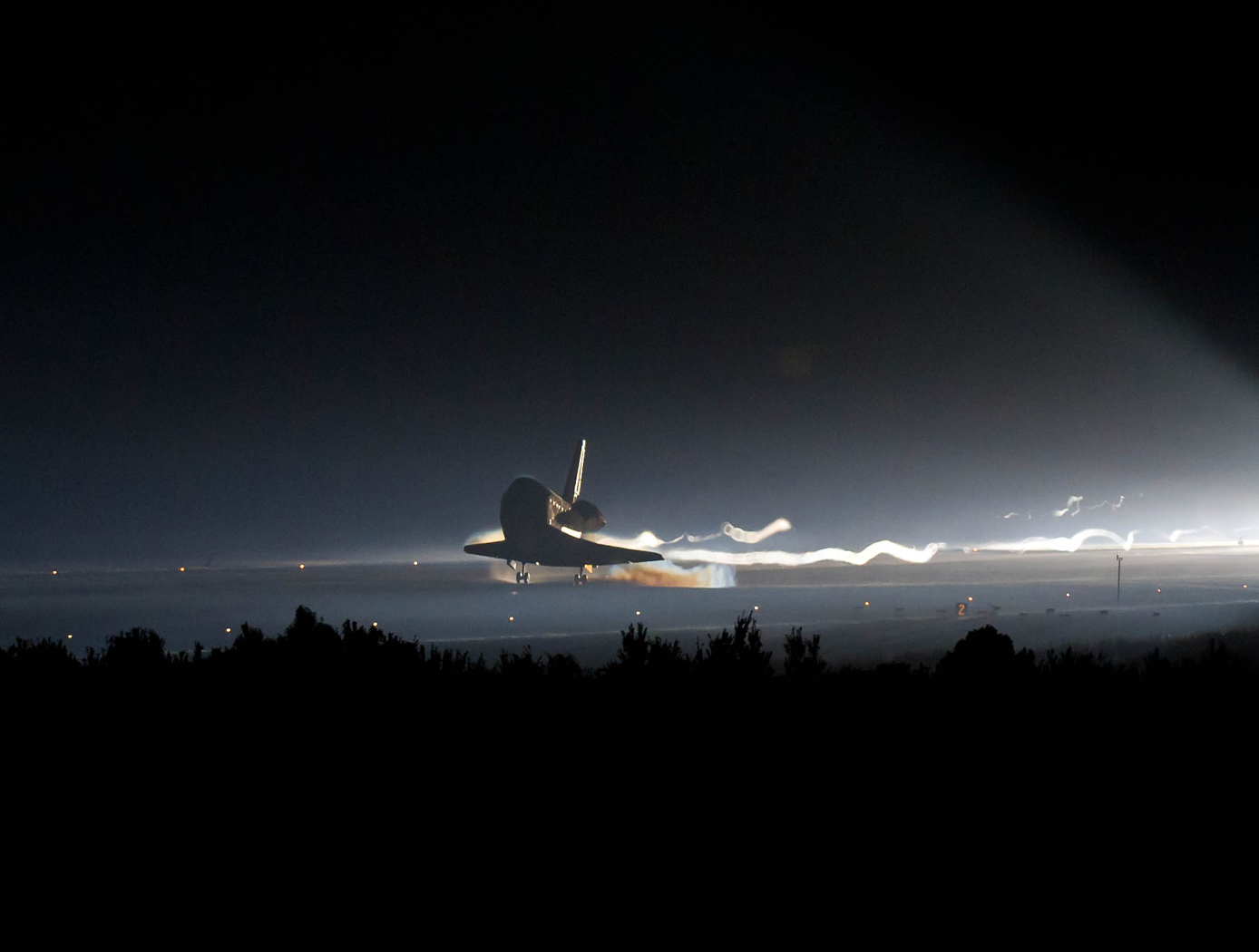Magnetic Shield Using Proximity Coupled Spatially Varying Superconducting Order Parameters
electrical and electronics
Magnetic Shield Using Proximity Coupled Spatially Varying Superconducting Order Parameters (GSC-TOPS-169)
A novel magnetic shielding design that can be easily incorporated into a wide range of electronic sensing applications.
Overview
NASA Goddard Space Flight Center has developed a new magnetic shielding design that features simplicity, ease of use, reproducibility, longevity, and scalability. It does not require activation, monitoring, or wiring. This innovation passively sweeps existing magnetic flux lines away from sensitive regions. It then acts as a protective shield against magnetic fields. This reduces/eliminates magnetic "cross talk" or magnetic contamination between different parts of a sensing system. The invention enables new sensing designs -- for instance it is now possible to use magnetic field generating components with magnetic field sensitive components, with larger magnetic field energies and in closer proximity than was previously possible.
The Technology
The invention uses the superconducting "proximity effect" and/or the "inverse proximity effect" to form a spatially varying order parameter. When designed to expel magnetic flux from a region of space, the proximity effect(s) are used in concert to make the superconducting order parameter strongly superconducting in the center and more weakly superconducting toward the perimeter. The shield is then passively cooled through the superconducting transition temperature. The superconductivity first nucleates in the center of the shielding body and expels the field from that small central region by the Meissner effect. As the sample is further cooled the region of superconducting order grows, and as it grows it sweeps the magnetic flux lines outward.

Benefits
- Reduce thermal noise
- Reduce ambient magnetic field (magnetic flux density)
- Can be deployed throughout a sensing system
- Can be tailored for different applications requiring different specifications
Applications
- Electronic sensing applications
- Lithographic circuit designs
- Superconducting devices including Superconducting Quantum Interference Devices (SQUIDs), Magnetic Penetration Depth thermometers (MPTs), Scanning Josephson Junction microscopes, Superconducting Qbits for quantum computing applications, and others


